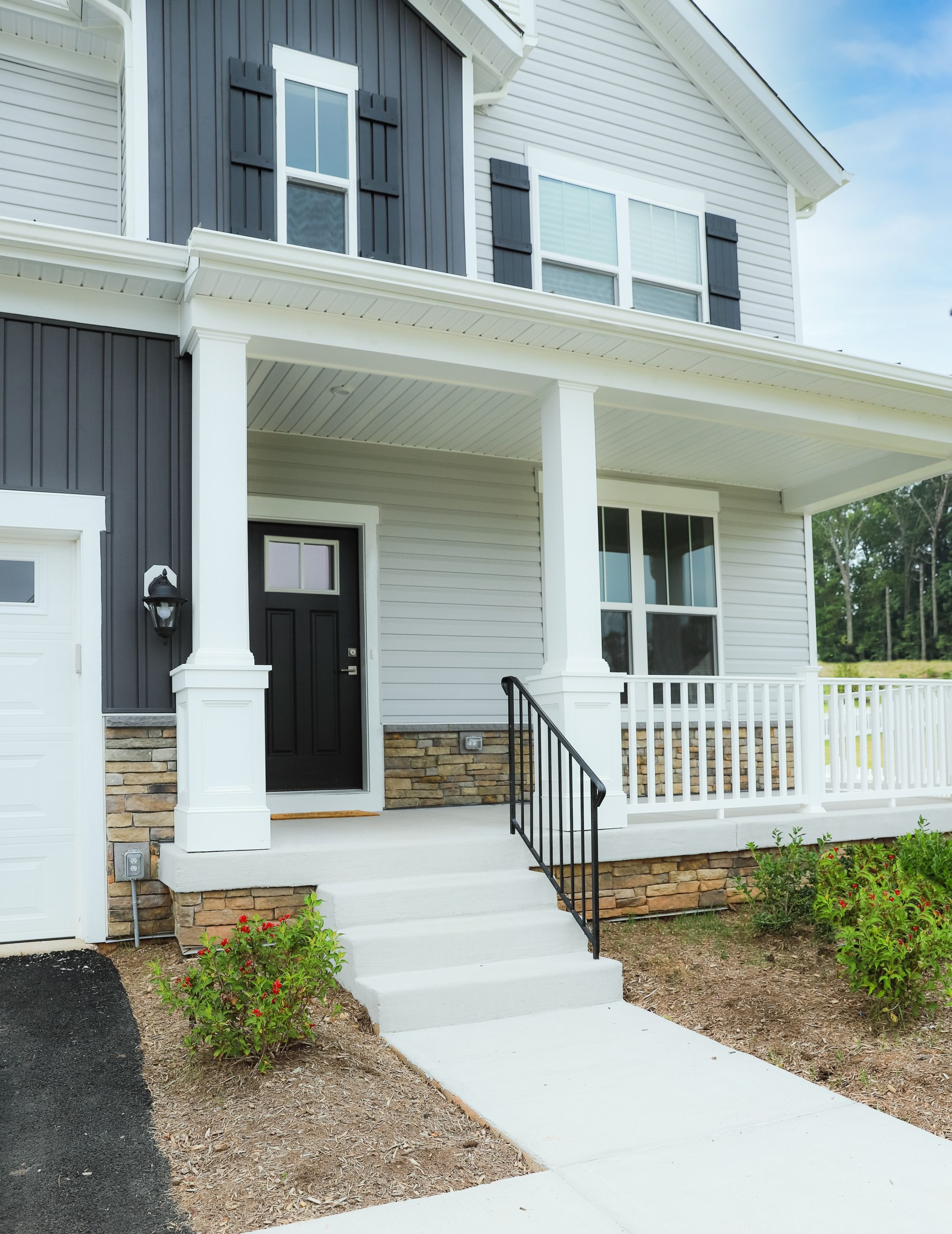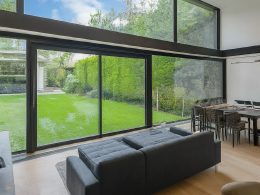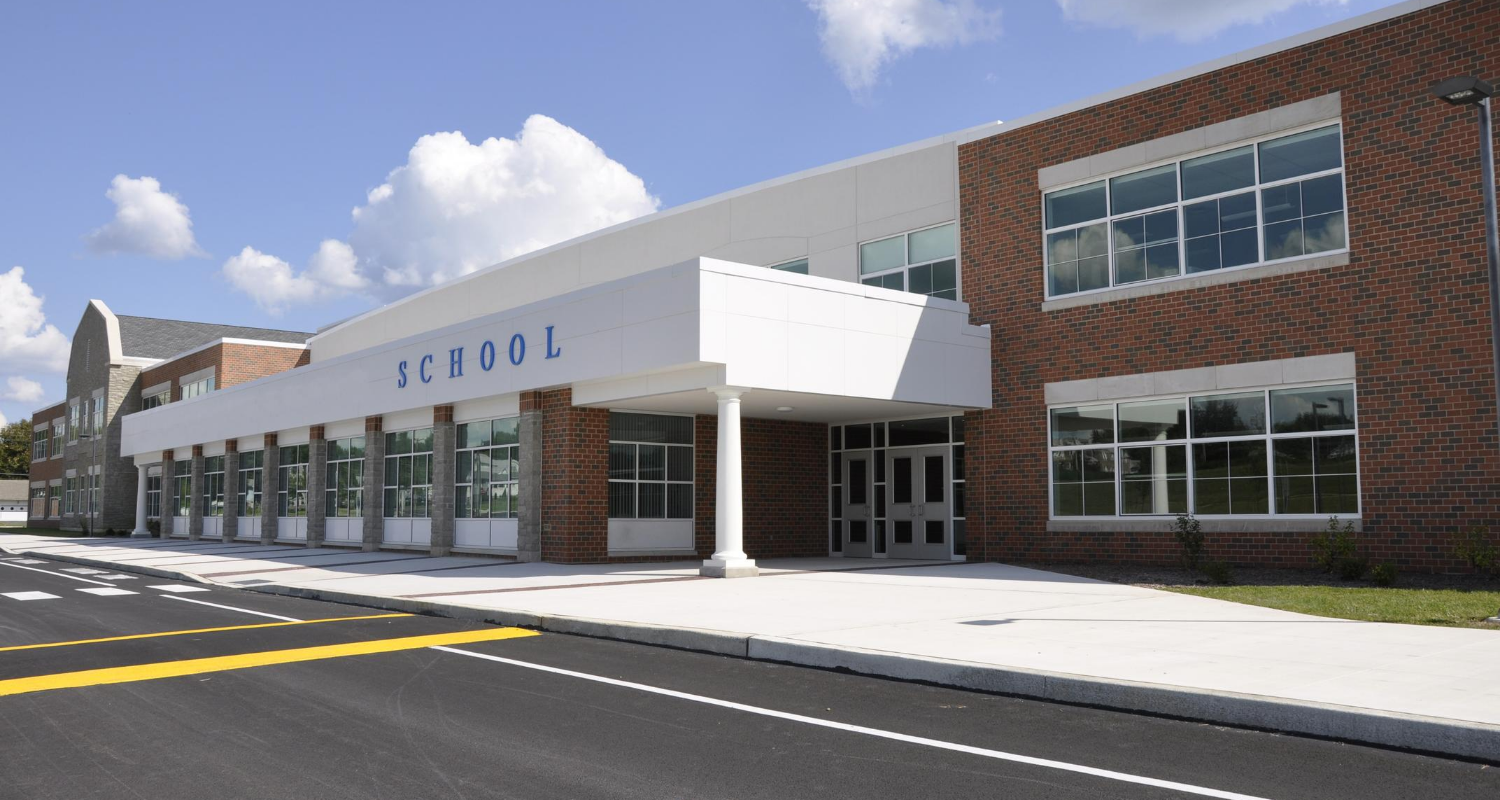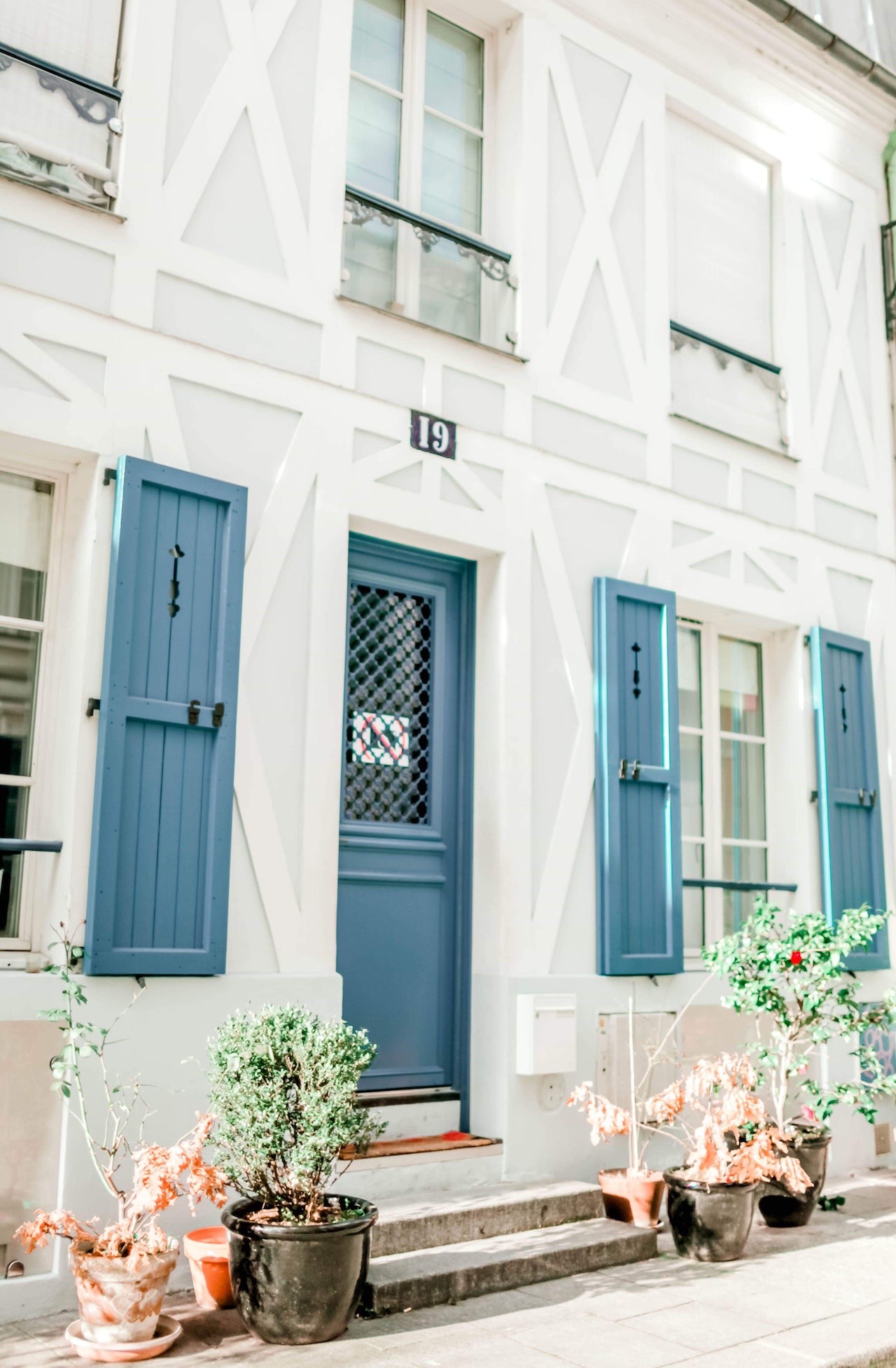As the world grapples with climate change and its impact on our planet, sustainability has become a crucial consideration in every industry. Real estate is no exception, as investors and developers are increasingly recognizing the importance of sustainable practices in their investment decisions. In this blog post, we will take a closer look at the future of sustainability in real estate investment and explore some of the innovative ways that companies are incorporating sustainability into their projects. From green buildings to renewable energy sources, join us on this exciting journey towards a more sustainable future for real estate investment!
What is Sustainability?
The definition of sustainability is the ability to meet the needs of the present without compromising the ability of future generations to meet their own needs. In other words, it is about living within our means and not leaving a mess for others to deal with down the road.
When it comes to real estate investment, sustainability is about making sure that our buildings and communities are healthy and livable for years to come. It includes things like using environmentally friendly materials, reducing energy consumption, and promoting walkable neighborhoods.
Sustainability is important for both individual investors and the real estate industry as a whole. As we become more aware of the impact our actions have on the planet, it’s clear that we need to be doing our part to protect it. Not only is it the right thing to do, but it also makes good business sense. Sustainable buildings are more efficient and cost-effective in the long run, and they appeal to today’s renters and buyers who are looking for eco-friendly options.
The good news is that there are lots of ways to make your real estate investment more sustainable. From choosing the right location to working with green contractors, there are plenty of opportunities to do your part in creating a brighter future for us all.
Real Estate and Sustainability
Giving a new meaning to the term “green living,” sustainable real estate is on the rise as more and more investors are looking to make a difference with their money. But what exactly is sustainable real estate? And how can you make sure your investment is truly making an impact?
At its core, sustainable real estate investing focuses on properties that have a positive environmental and social impact. This can mean anything from developments that use green building practices to those that provide affordable housing or support local businesses.
Of course, there are different levels of sustainability, so it’s important to do your research before making any decisions. For example, some investments may be certified by third-party organizations like LEED or BREEAM, while others may simply align with your personal values.
The good news is that there are plenty of opportunities out there for those interested in sustainable real estate. In fact, the industry is expected to grow significantly in the coming years as more and more people look to invest in socially responsible ways.
If you’re thinking about adding sustainable real estate to your portfolio, here are a few things to keep in mind:
1. Do your research. As with any investment, it’s important to know what you’re getting into before putting any money down. This means reading up on the different types of sustainable investments available and understanding the risks involved.
2. Consider your goals. What are you hoping
The Future of Sustainability in Real Estate
As the world becomes increasingly focused on sustainability, the real estate industry is beginning to feel the pressure to make changes. Sustainability in real estate investment is no longer a trend or a nice-to-have – it’s becoming a business necessity.
The future of sustainability in real estate lies in responsible development and ownership. Responsible developers take into account the lifecycle of their buildings, from construction to demolition. They consider the embodied energy of materials, water usage, and waste generation. And they design their buildings to be as energy efficient and environmentally friendly as possible.
Responsible owners go beyond compliance with regulations. They actively manage their properties to reduce environmental impact and operating costs. They invest in energy efficiency upgrades and renewable energy systems. And they engage their tenants in sustainability initiatives like recycling programs and composting.
The future of sustainability in real estate is bright – but only if we continue to move forward responsibly.
How to Invest in Sustainable Real Estate
As the world becomes more aware of the need for sustainable living, sustainable real estate investment is on the rise. But what exactly is sustainable real estate? And how can you invest in it?
Sustainable real estate is property that has been developed or renovated with environmentally-friendly materials and energy-efficient appliances and systems. In other words, it’s a way of building or redeveloping property with the environment in mind.
There are many ways to invest in sustainable real estate. One option is to buy an existing property and retrofit it to be more sustainable. Another option is to invest in a new development that focuses on sustainability from the ground up.
Either way, there are a few things to keep in mind when investing in sustainable real estate:
1. Location is key. Sustainable developments should be located in areas with good access to public transportation, green space, and other amenities that promote walkability and discourage car dependency.
2. Look for LEED certification. The Leadership in Energy and Environmental Design (LEED) certification is a widely recognized indicator of a building’s sustainability credentials. If a property you’re considering investing in has LEED certification, that’s a good sign that it meets high standards for energy efficiency, water conservation, and indoor air quality.
3. Consider the long-term costs. Sustainable buildings often have higher upfront costs than traditional buildings, but they can save money over time through lower energy bills and maintenance costs. Make sure
Conclusion
In conclusion, sustainability in real estate investment is a growing trend that shows no signs of slowing down. As the world becomes increasingly aware of the need to reduce our environmental impact and protect vulnerable ecosystems, investing sustainably has become an integral way for investors to contribute to a better future. With governments providing incentives and private investors looking for opportunities that promise long-term returns, sustainable real estate investments are sure to remain popular in the coming years.










